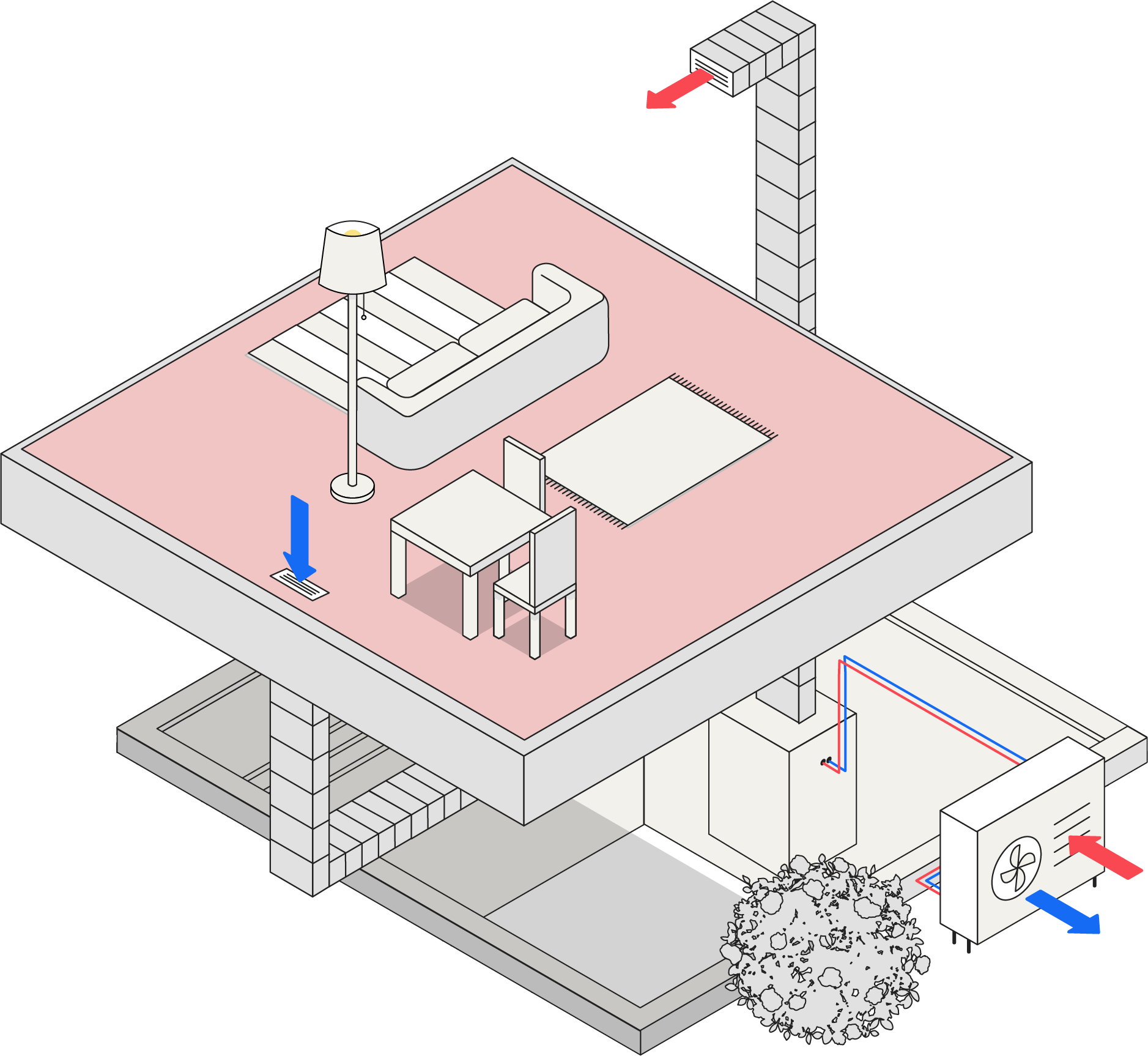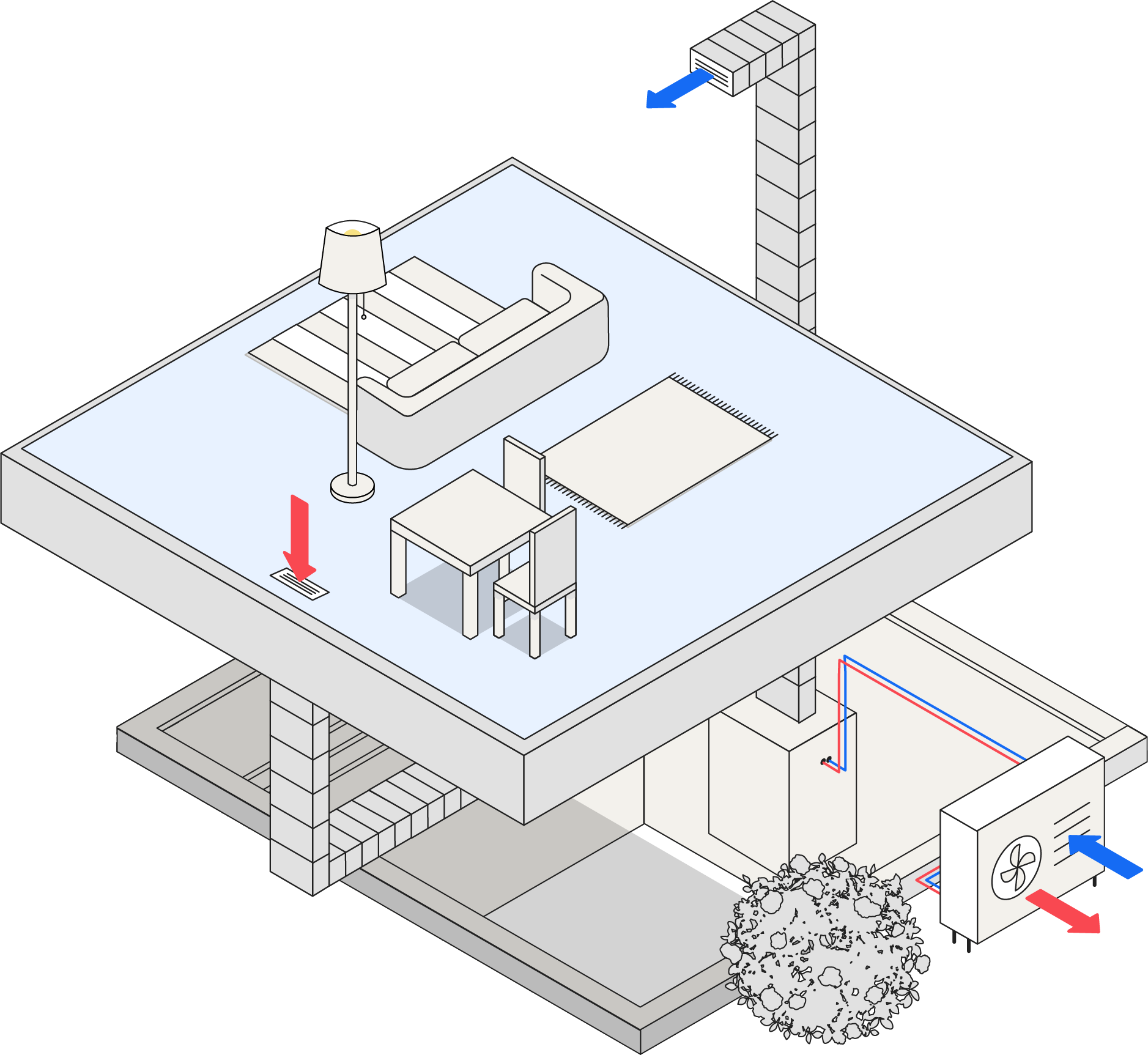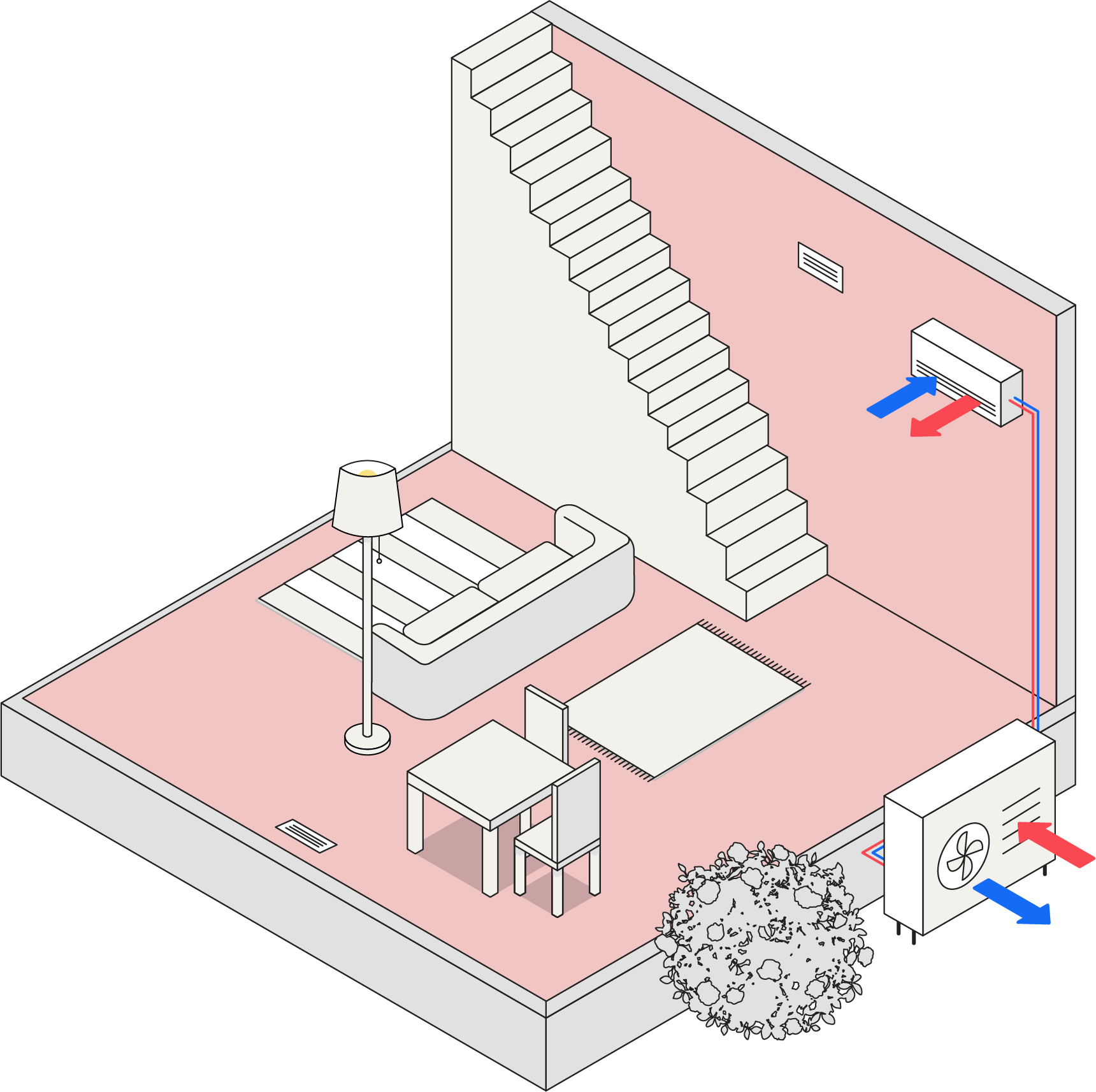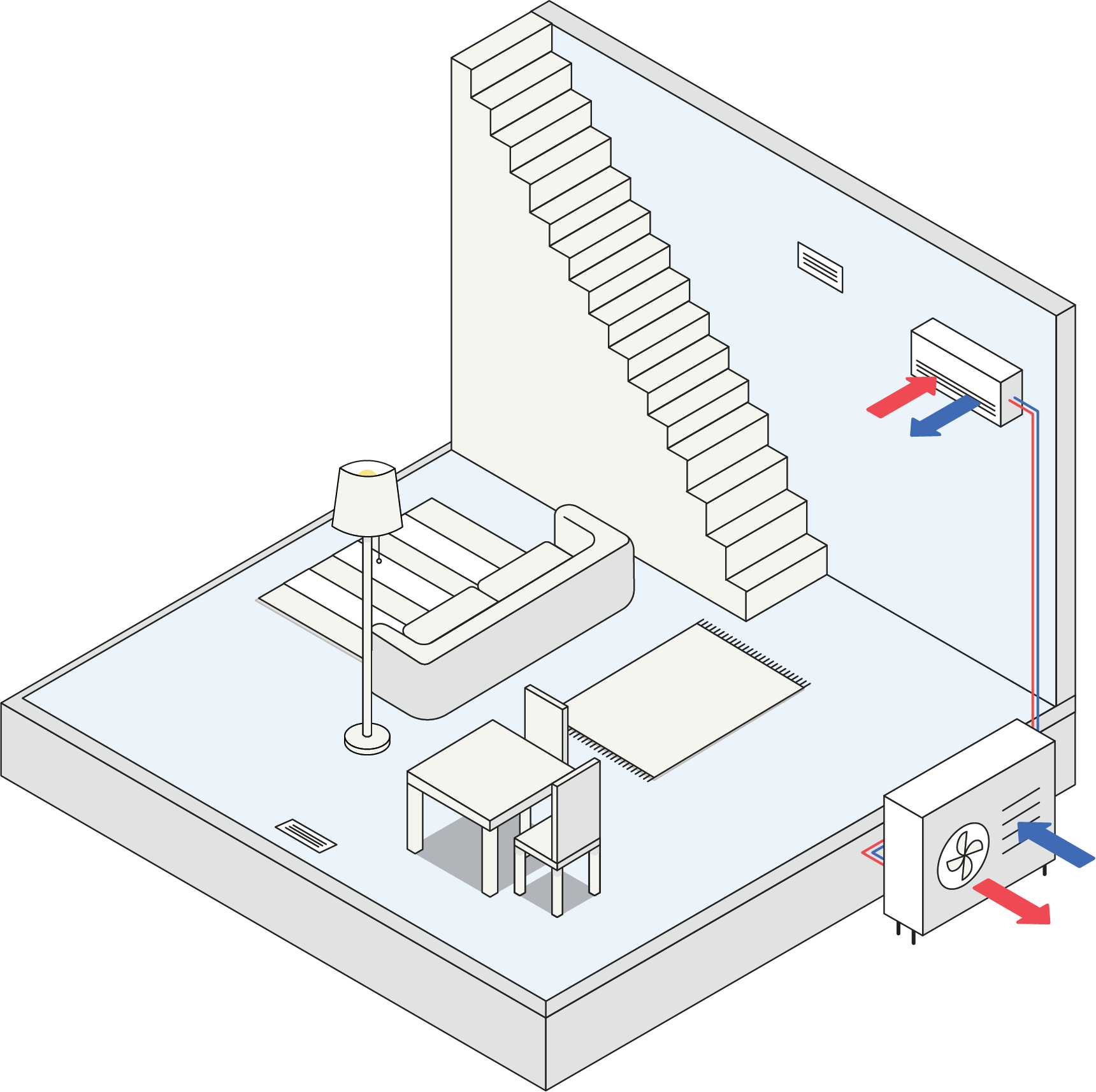More comfort with less energy
Sealed is a climate tech company on a mission to stop home energy waste and electrify all homes.

Making houses feel better
Take an inside look at how Sealed makes houses more comfortable and efficient.

A better standard of living
Sealed envisions a future when all homes are comfortable, healthy, and clean for the planet. With modern heat pump HVAC combined with high performance insulation we can achieve an enhanced concept of livability:
- Comfort: Your house should feel amazing, no matter what.
- Health: A healthy home lets you breathe clean fresh air, and is free of mold, mildew, and harmful particulates created by old fossil-fuel heating systems.
- Clean for the planet: It’s no good having a great house if the planet suffers as a result. By reducing the use of fossil fuels for heating and cooling, we can create a healthier environment inside and out.
Sealed customers
Sealed hopes you are happy with your home energy upgrade.
If you run into any issues or have questions, we are always available to assist you and make sure your home is as comfortable as can be.
Sealed’s Customer Service team is available Monday through Friday from 8:00 am to 7:00 pm EST.
For troubleshooting issues, Sealed’s building experts and solution engineers are available by email Monday through Friday from 8:00 am to 7:00 pm EST.
Whenever needed, Sealed will coordinate with an installation contractor to visit the home and resolve any issue. To contact either of these teams, you can email hello@sealed.com. We aim to respond within 2 business days.
Further Questions? See our FAQ Page.
Interested in learning more?
View all resources
Attic Insulation Guide
Your complete guide to attic insulation: Costs, types, and more

Heat Pump Guide
Everything you need to know about the most efficient HVAC technology on the market

Air Sealing Guide
The definitive guide to air sealing your house

Water Heater Guide
Heat pump water heater ultimate guide: Costs, pros and cons, and more
Sealed is proud to be an Energy Star Home Upgrade Service Provicer:

Sealed partners with leading energy utilities:
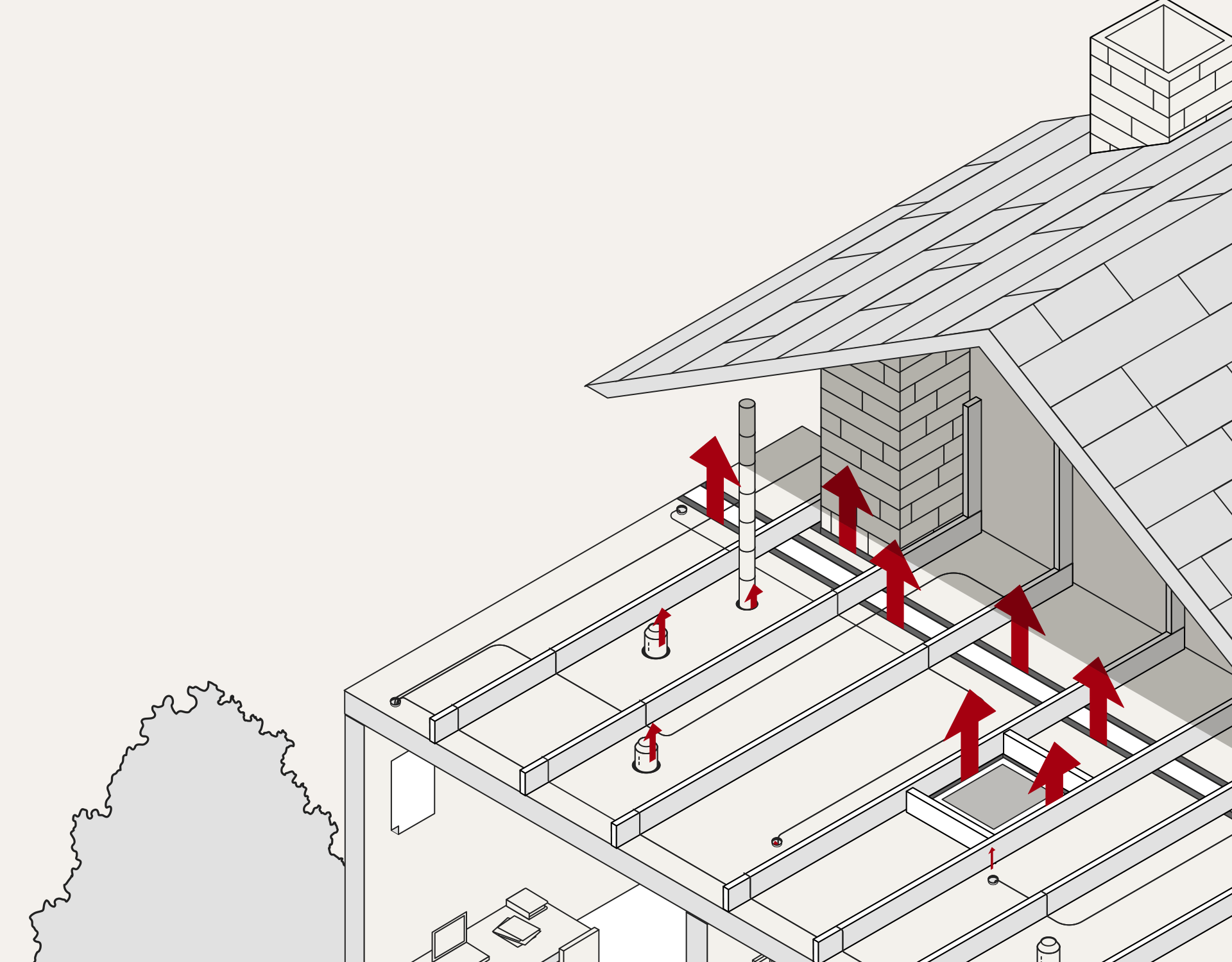
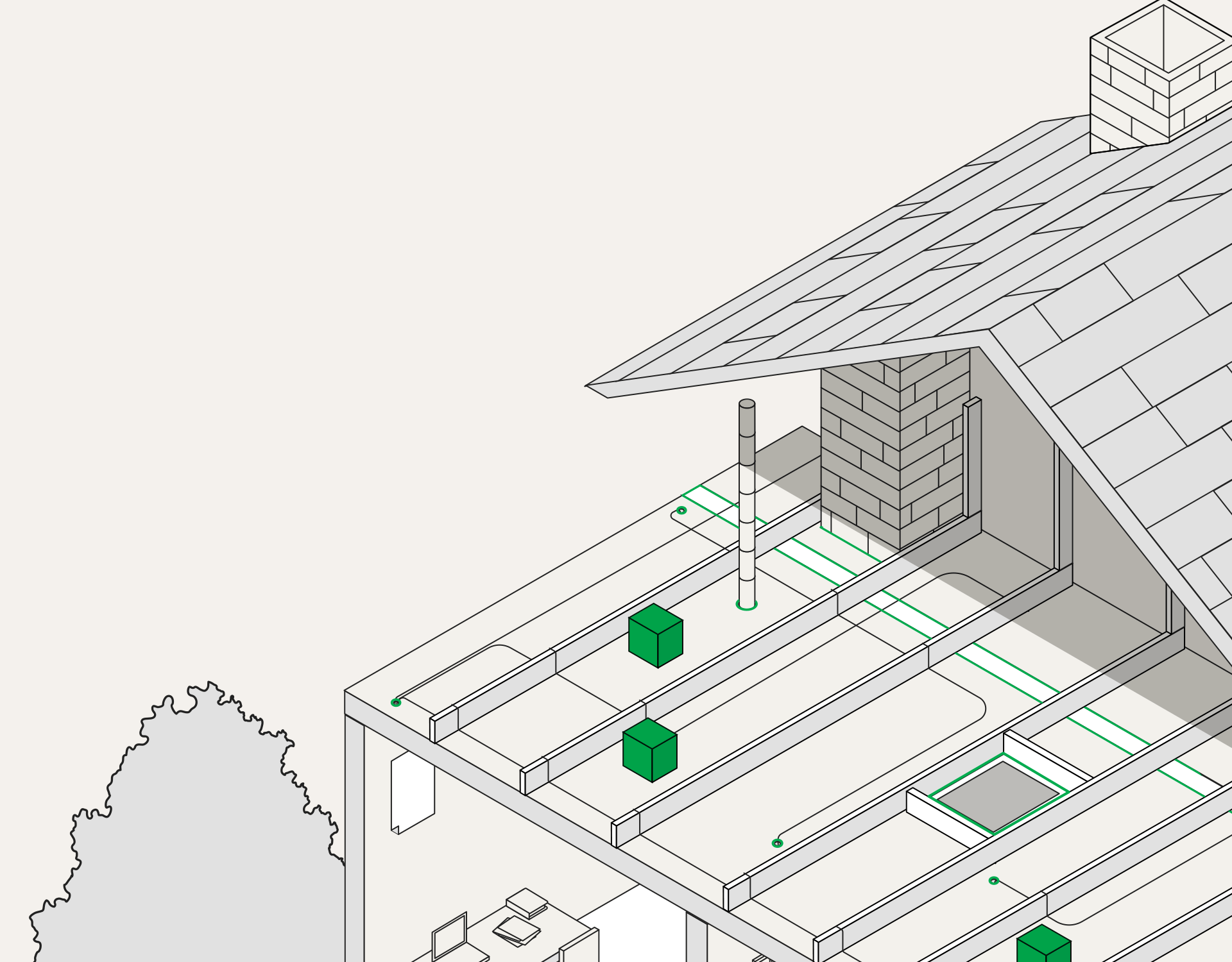
Tiny holes around the plumbing chase let heat escape.
No air leaks here!
Cracks. Holes. There are lots of little spaces around the chimney chase to let in air.
Now Santa's the only visitor coming down the chimney.
The attic hatch: aka a big hole in your ceiling for heat to escape through.
Sealed and insulated, the attic hatch helps keep heat in.
Wall frames are hollow, letting air flow freely between the walls and up into the attic.
Sealing the tops of the wall frames stops this major source of air leakage.
Recessed lighting creates holes in the attic floor where air can escape.
We cap the recessed lighting fixtures, and stop the leaks.
Every hole for electrical wiring leaves space for air to get in and out.
These tiny holes are sealed, preventing further air leakage.
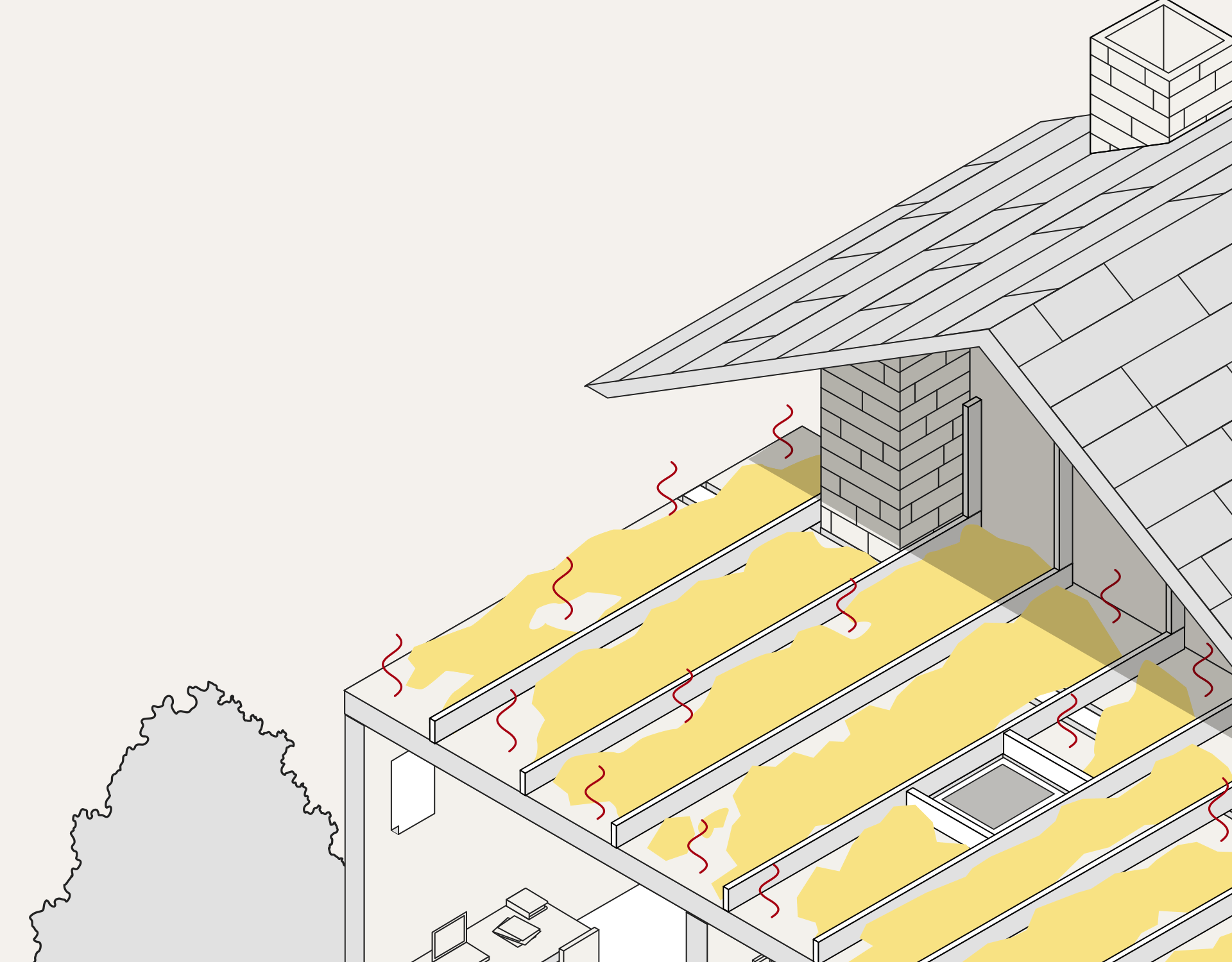
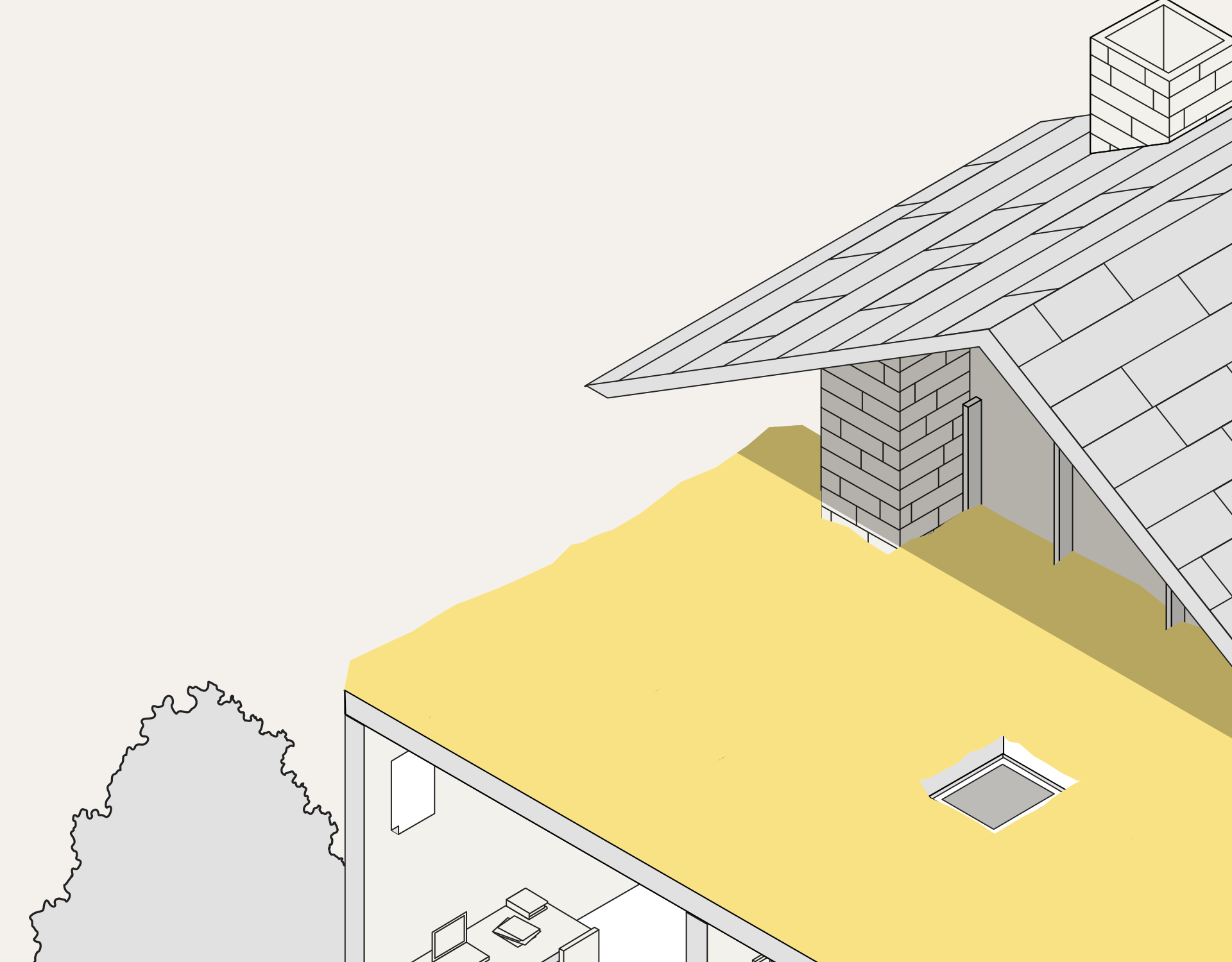
US building code calls for 15" inches of insulation (1). But most homes have only three to six.
A fluffy 15" blanket of of cellulose insulation helps keep your home's temperatures even all year long.
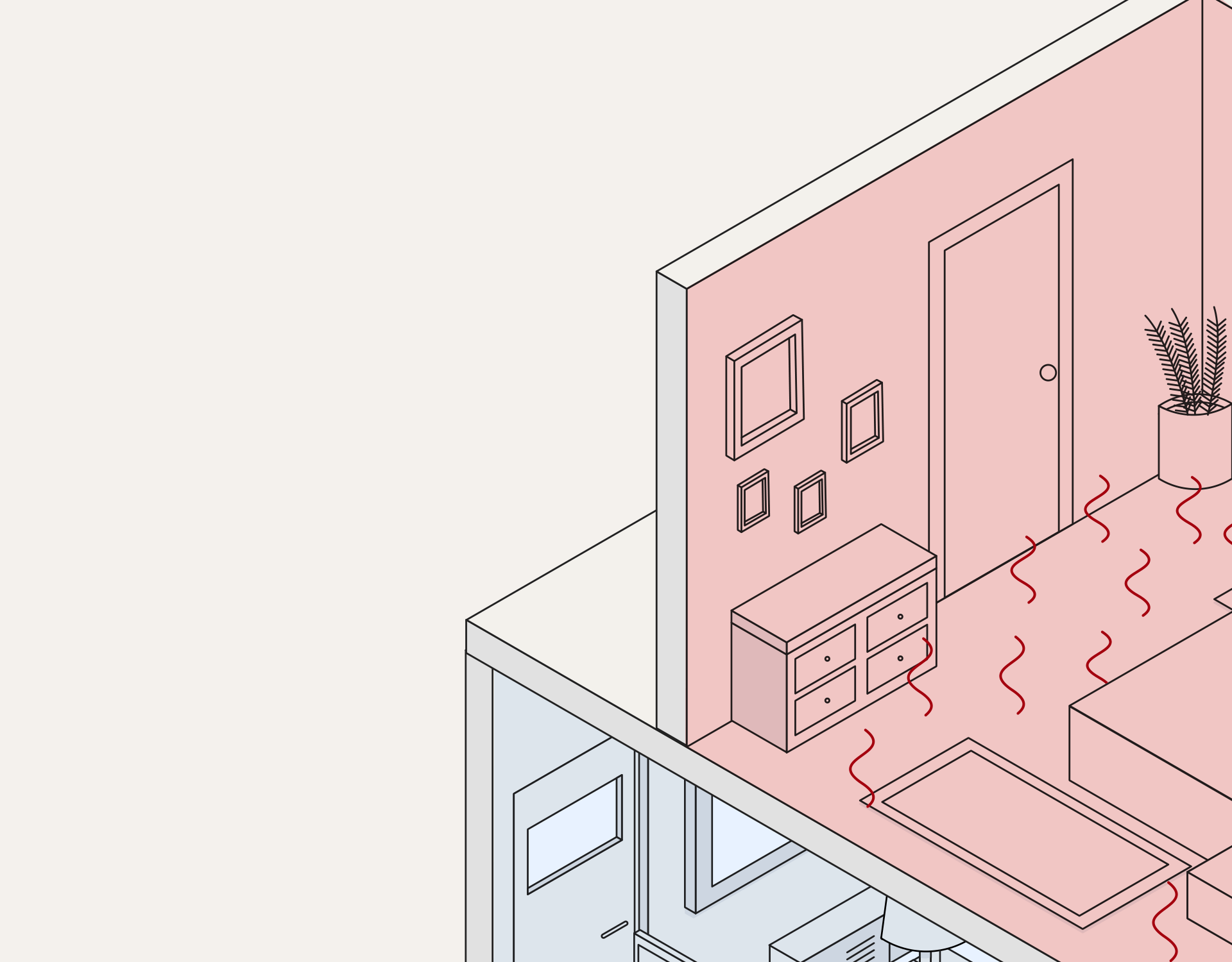
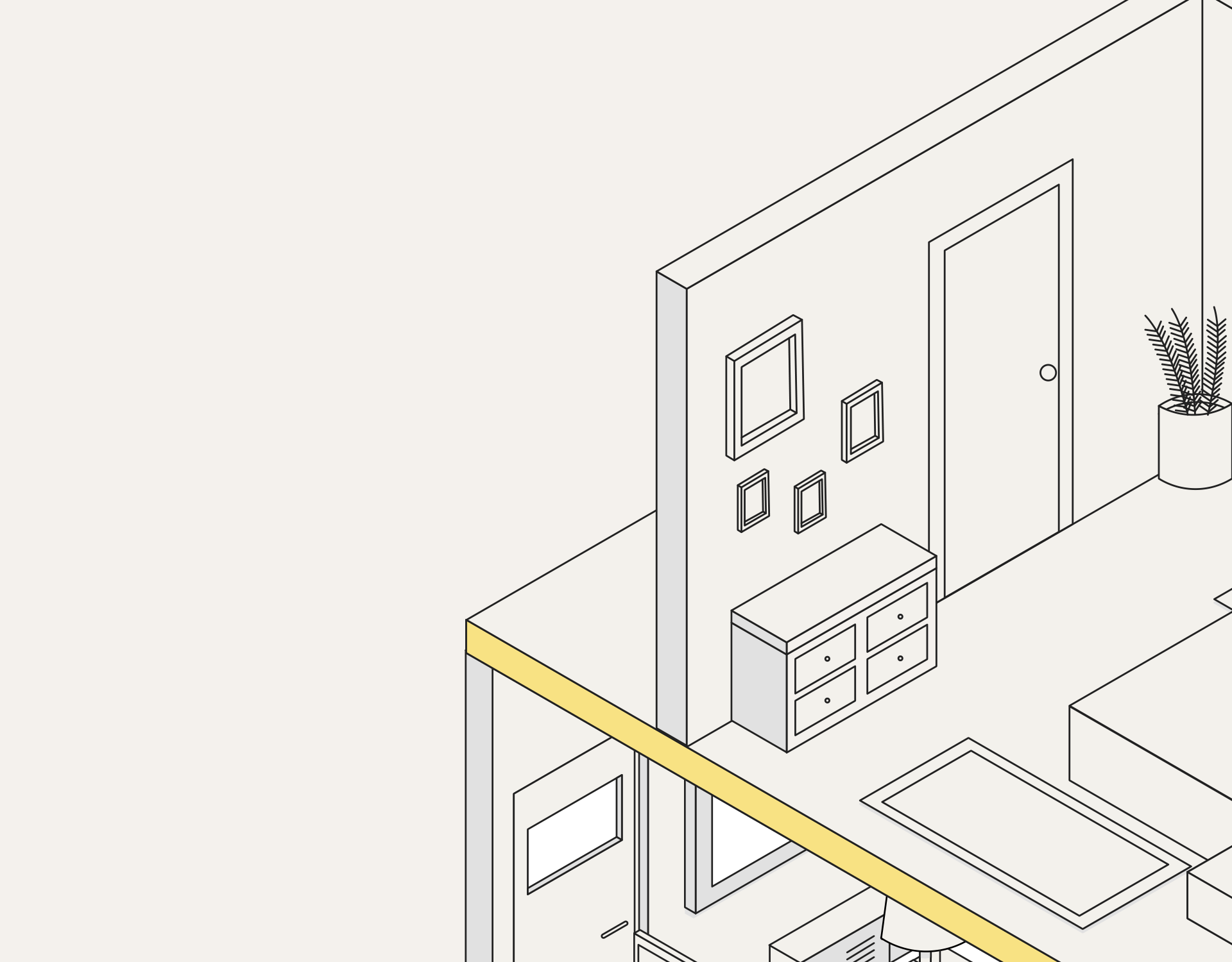
During the summer your attic can get as hot as 150 degrees (2). That heat radiates down to the floor below.
Insulation adds a barrier between the attic and the ceiling, preventing heat from getting through.
In winter, heat travels from downstairs to upstairs, making the second floor hotter and the downstairs colder.
We slow the movement of air throughout the house, creating a nice even temperature.

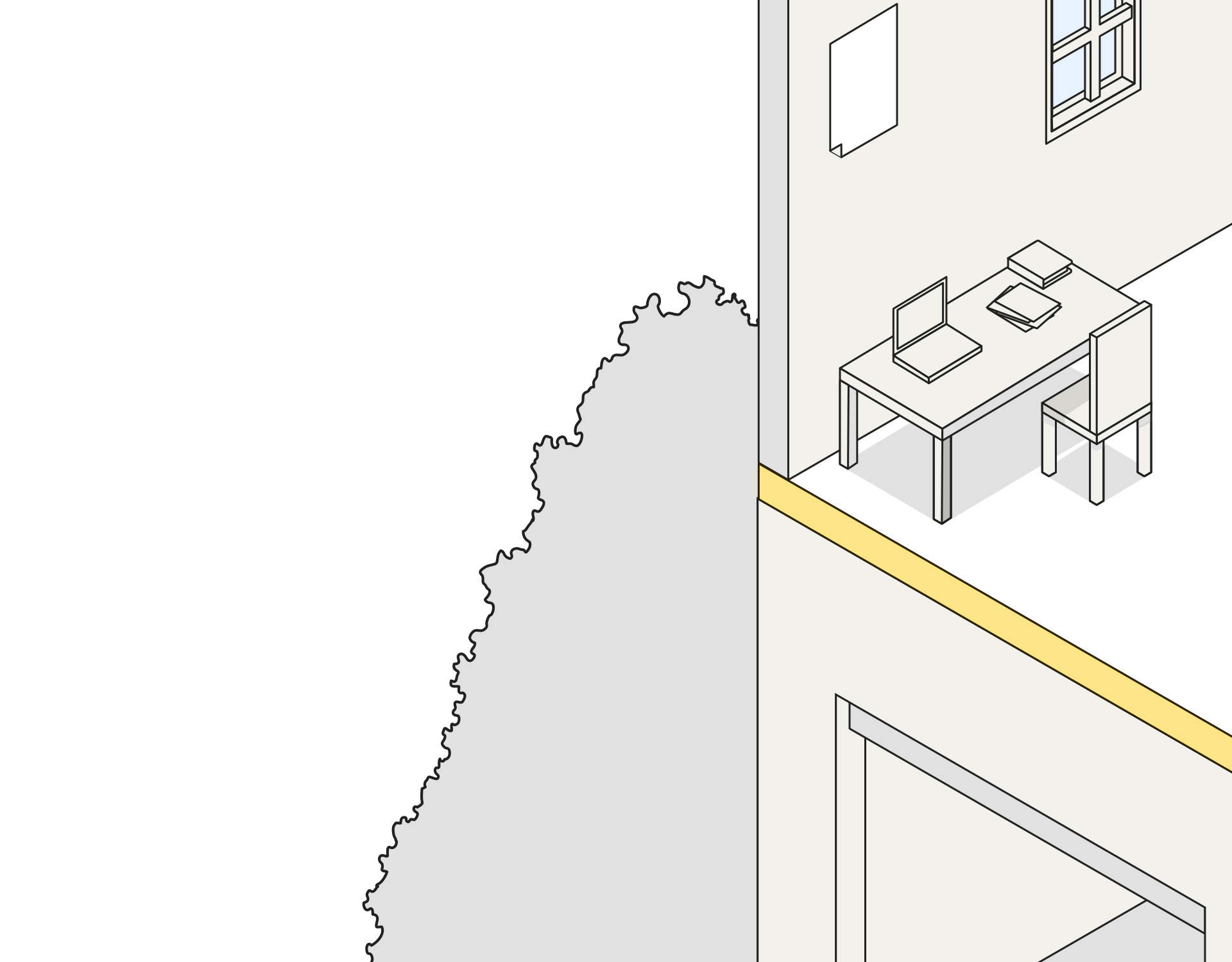
Your garage lets in outside air all year long. It's impossible to keep rooms above it comfortable.
Insulating the garage ceiling creates a barrier making life inside a lot more comfortable.
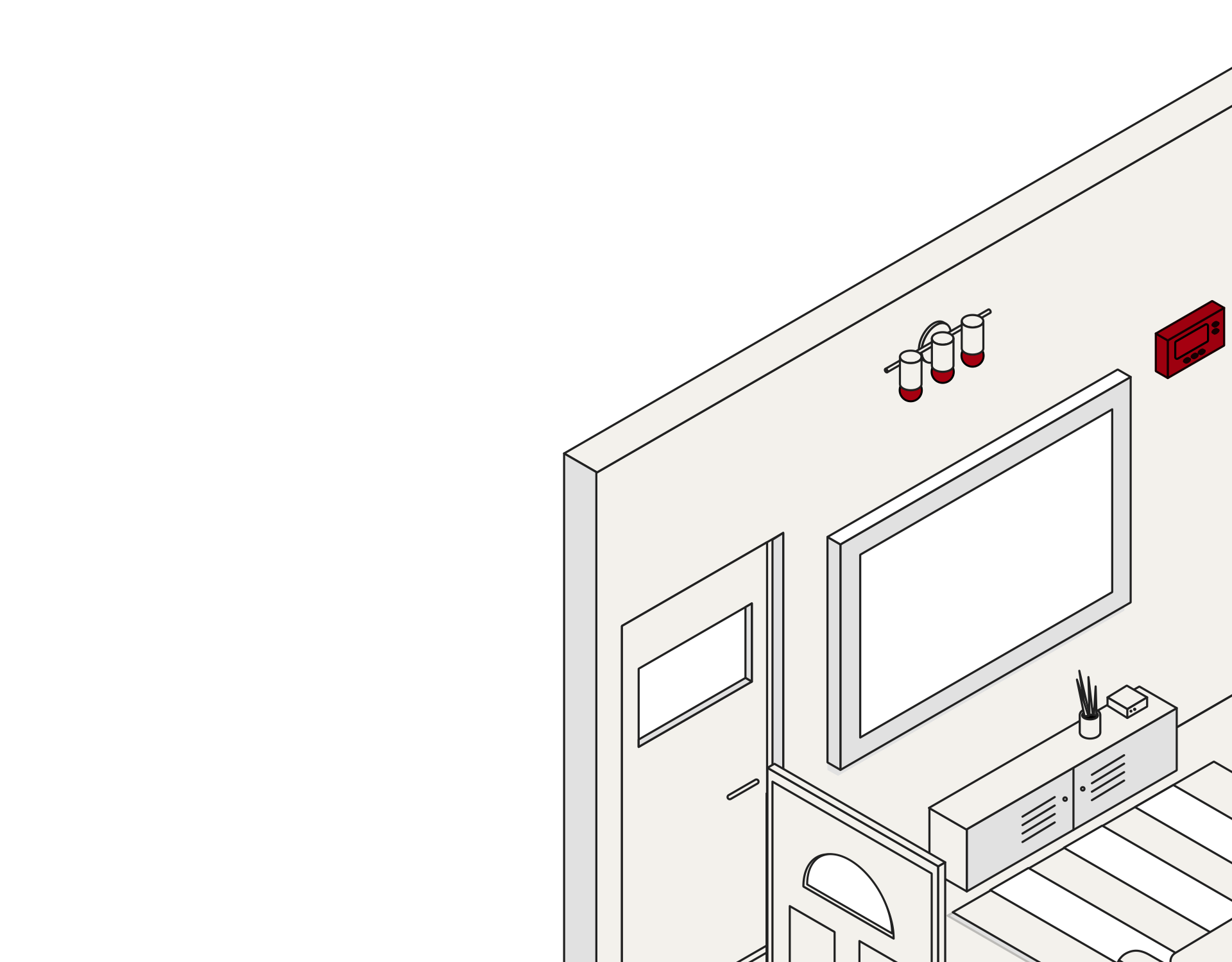
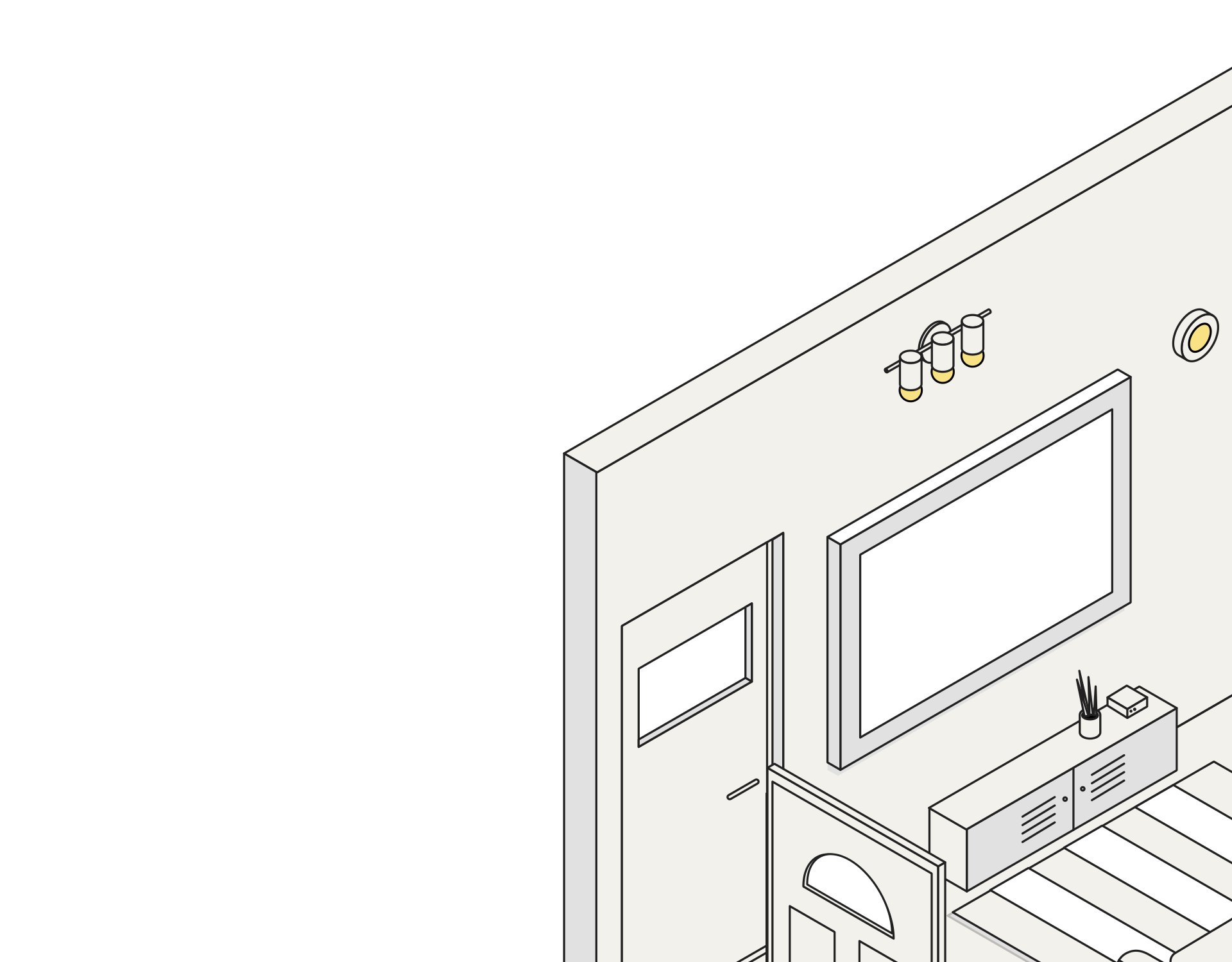
Blinded by the lights. Incandescent bulbs get hot and waste lots of energy. Flourescents give off a harsh light.
A brigther future. LED bulbs use 75% less energy and last 25x longer (1). They're easier on the eyes and give your home that cozy feel.
When you're out of the house, your home's heating and cooling are out of your control.
With smart thermostats, you can adjust the settings from your phone whether you're home or away.
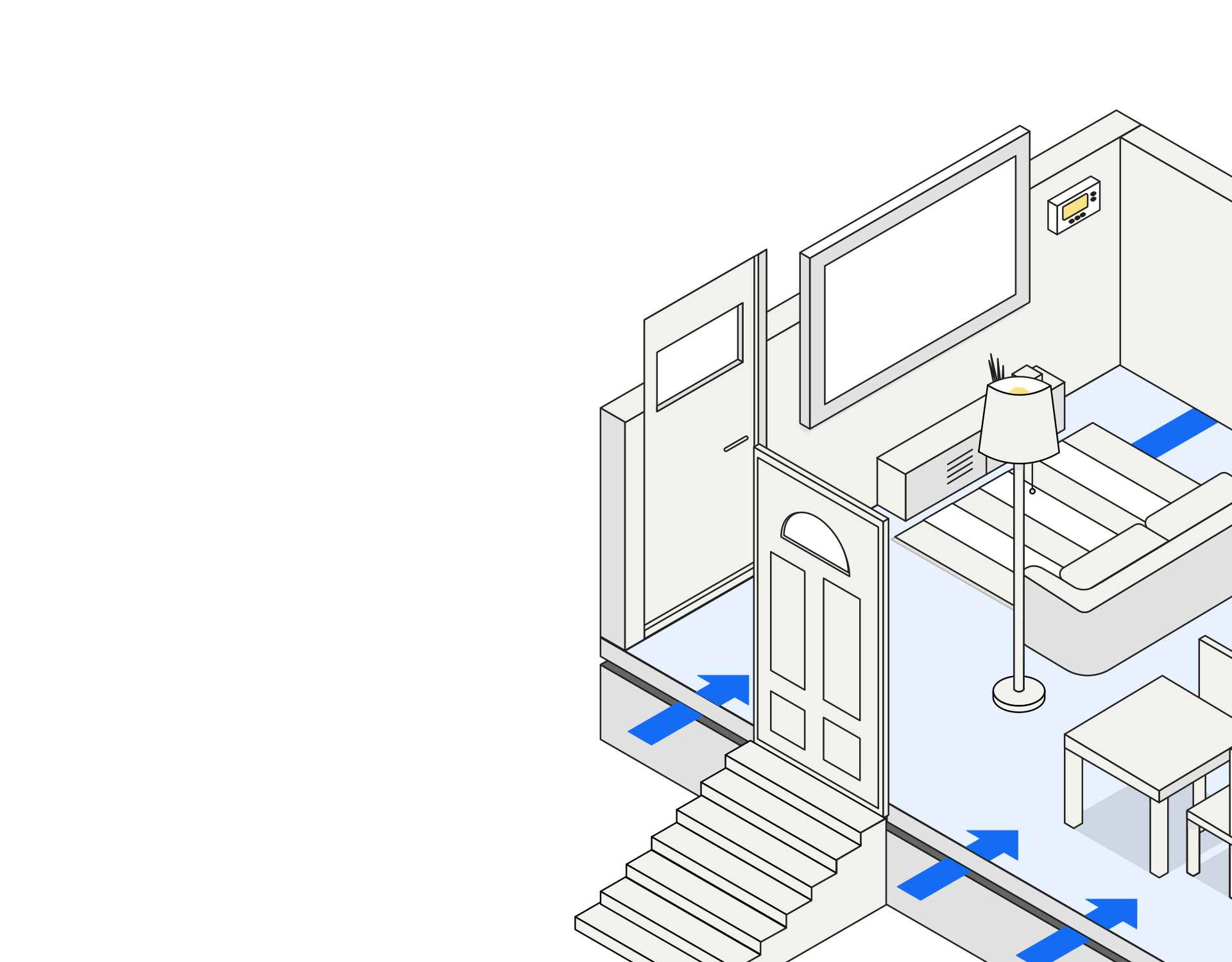
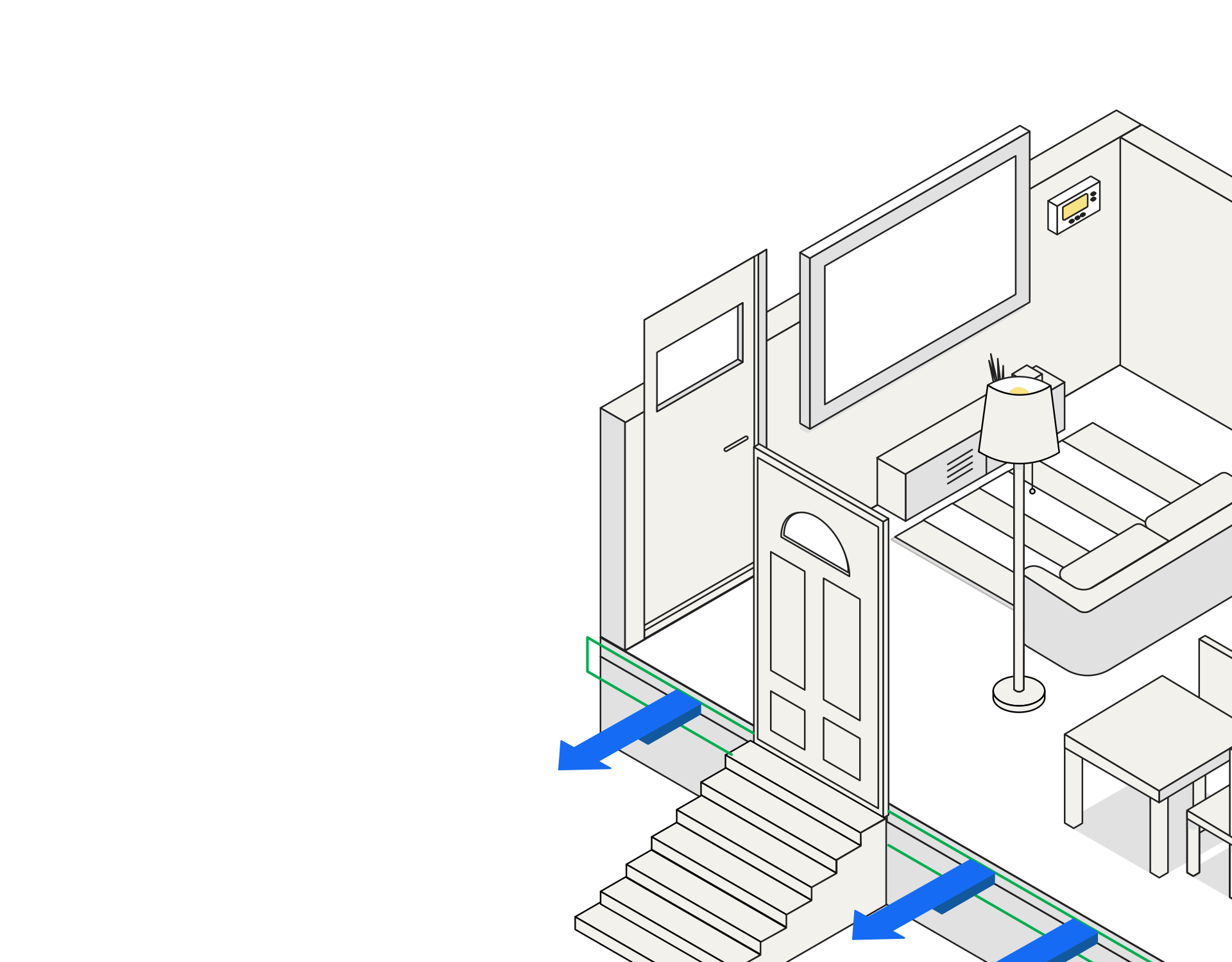
Gaps in the foundation draw in cold air during winter. That's why your floors feel cold.
Kick off your shoes! Sealing the foundation has stopped the excess cold air flow.
Attic Sealing
Attic Sealing
Your attic floor is full of holes. Recessed lighting, wall frames, plumbing, and wiring create dozens of little gaps. Add them up and it's like keeping a window open in your house year-round.
Capping the recessed lighting fixtures and sealing the attic floor reduces air leakage and drafts. Your heating and cooling systems work better because they work less.
Poor insulation causes heat to rush out from the top of your house in winter. During summer, the attic sucks in hot air, turning your top floor into a sauna.
A fully insulated attic helps your house regulate temperature and airflow. It also prevents unwanted critters like raccoons from moving in.
No matter how high you turn up the AC, your second floor swelters during summer. In winter, it's hot upstairs and freezing downstairs.
Air sealing and better insulation stop excess air leakage and heat transfer. Now your house's temperatures are steady and even.
Your car may be protected from the elements, but nothing else is. Any room above or next to the garage is freezing in winter, and a furnace in the summer.
The room above the garage is no longer a victim of the seasons. Insulating the garage ceiling prevents heat and cold from seeping through the floor above.
It's a neverending battle with your old enemy: the thermostat. Who really controls the house: You, or that outdated box on the wall?
Old-school lightbulbs use tons of energy and burn out quickly.
A smart thermostat learns your preferences and automatically adjusts your heating and cooling. Don't get up: you control the settings right from your smartphone.
LED lights give the same warm glow as regular bulbs. But they use 90% less energy.
Cold air gets sucked in at the foundation, causing drafty rooms and cold floors in the winter. Don't even try walking around the house without your slippers.
Go ahead and toss those funky old slippers. Sealing up air leaks in your foundation stops cold air from getting under your floors.
In winter, the liquid within the heat pump gets very cold-muchcolder than the air on even the frostiest days. This lets the pump draw heat from the air outside your home, which is "warm" by comparison, and moves it inside.
In summer a cool liquid within the heat pump attracts the heat from inside your house. The heat goes outside, leaving dry, cool air inside.
In winter, the liquid within the heat pump gets very cold-muchcolder than the air on even the frostiest days. This lets the pump draw heat from the air outside your home, which is "warm" by comparison, and moves it inside.
In summer a cool liquid within the heat pump attracts the heat from inside your house. The heat goes outside, leaving dry, cool air inside.
Something
Your attic floor is full of holes. Recessed lighting, wall frames, plumbing, and wiring create dozens of little gaps. Add them up and it's like keeping a window open in your house year-round.
Capping the recessed lighting fixtures and sealing the attic floor reduces air leakage and drafts. Your heating and cooling systems work better because they work less.
Poor insulation causes heat to rush out from the top of your house in winter. During summer, the attic sucks in hot air, turning your top floor into a sauna.
A fully insulated attic helps your house regulate temperature and airflow. It also prevents unwanted critters like raccoons from moving in.
No matter how high you turn up the AC, your second floor swelters during summer. In winter, it's hot upstairs and freezing downstairs.
Air sealing and better insulation stop excess air leakage and heat transfer. Now your house's temperatures are steady and even.
Your car may be protected from the elements, but nothing else is. Any room above or next to the garage is freezing in winter, and a furnace in the summer.
The room above the garage is no longer a victim of the seasons. Insulating the garage ceiling prevents heat and cold from seeping through the floor above.
It's a neverending battle with your old enemy: the thermostat. Who really controls the house: You, or that outdated box on the wall?
Old-school lightbulbs use tons of energy and burn out quickly.
A smart thermostat learns your preferences and automatically adjusts your heating and cooling. Don't get up: you control the settings right from your smartphone.
LED lights give the same warm glow as regular bulbs. But they use 90% less energy.
Cold air gets sucked in at the foundation, causing drafty rooms and cold floors in the winter. Don't even try walking around the house without your slippers.
Go ahead and toss those funky old slippers. Sealing up air leaks in your foundation stops cold air from getting under your floors.
You arrange oil deliveries so your old oil heater can cough and sputter through another winter. Your hot water heater can barely make it through a shower.
A high-efficiency natural gas heater delivers heat and hot water in a sleeker, smarter package.
In winter, the liquid within the heat pump gets very cold-muchcolder than the air on even the frostiest days. This lets the pump draw heat from the air outside your home, which is "warm" by comparison, and moves it inside.
In summer a cool liquid within the heat pump attracts the heat from inside your house. The heat goes outside, leaving dry, cool air inside.
In winter, the liquid within the heat pump gets very cold-muchcolder than the air on even the frostiest days. This lets the pump draw heat from the air outside your home, which is "warm" by comparison, and moves it inside.
In summer a cool liquid within the heat pump attracts the heat from inside your house. The heat goes outside, leaving dry, cool air inside.














